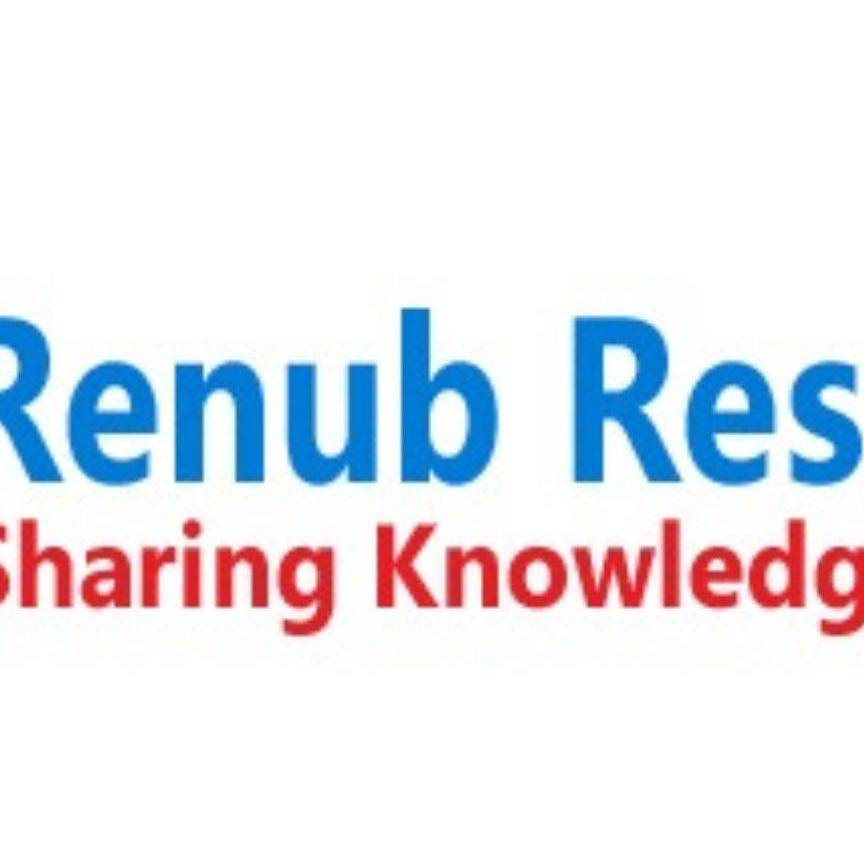In the rapidly evolving world of digital entertainment, choosing the right video streaming protocol is crucial for the success of your OTT platform. Whether you're launching a new streaming service or enhancing an existing one, understanding streaming protocols can make the difference between a seamless user experience and frustrated subscribers. Any reputable ott app development company will emphasize that protocol selection is one of the most critical technical decisions in your development journey.
What Are Video Streaming Protocols?
Video streaming protocols are standardized methods for delivering video content from servers to end-users' devices. They determine how video data is packaged, transmitted, and played back across different networks and devices. The right protocol ensures smooth playback, minimal buffering, and optimal quality based on available bandwidth.
Popular Streaming Protocols for OTT Apps
HLS (HTTP Live Streaming)
Developed by Apple, HLS has become the industry standard for OTT applications. It breaks video content into small chunks and delivers them over HTTP, making it highly compatible with CDNs and firewalls. HLS supports adaptive bitrate streaming, automatically adjusting video quality based on network conditions. Most importantly, it works seamlessly across iOS devices, Android, and web browsers. When partnering with an ott app development company, you'll find that HLS is often the default recommendation due to its universal compatibility and reliability.
MPEG-DASH (Dynamic Adaptive Streaming over HTTP)
MPEG-DASH is an international standard that offers similar benefits to HLS but with vendor independence. It's codec-agnostic, meaning you can use various video codecs like H.264, H.265, or VP9. DASH provides excellent adaptive streaming capabilities and is supported across most modern browsers and devices. Many ott app development company teams prefer DASH for its flexibility and open-source nature, making it ideal for platforms targeting diverse global audiences.
RTMP (Real-Time Messaging Protocol)
While older than HLS and DASH, RTMP remains relevant for live streaming scenarios. It offers low-latency streaming, making it perfect for live events, sports broadcasts, and real-time interactions. However, RTMP requires Flash Player support, which limits its modern applicability. Most streaming platforms use RTMP for ingesting live content and then convert it to HLS or DASH for distribution to viewers.
WebRTC (Web Real-Time Communication)
For ultra-low latency requirements like video conferencing or interactive live streaming, WebRTC is the go-to protocol. It enables real-time communication with latency under one second. While not traditionally used for standard OTT content delivery, innovative platforms are exploring WebRTC for interactive streaming experiences where viewer engagement is paramount.
Choosing the Right Protocol for Your OTT Platform
The protocol you choose depends on several factors:
Content Type: Live streaming benefits from RTMP ingest with HLS delivery, while on-demand content works perfectly with HLS or DASH alone.
Target Audience: If your primary audience uses iOS devices, HLS is essential. For broader reach, DASH offers better cross-platform flexibility.
Latency Requirements: Standard streaming tolerates 10-30 seconds of latency, but interactive features require low-latency protocols like WebRTC or Low-Latency HLS.
Budget and Resources: Some protocols require more server resources and bandwidth management than others.
Working with Experts
Navigating these technical decisions can be overwhelming. A professional ott app development company brings expertise in protocol implementation, adaptive bitrate streaming, and multi-CDN strategies. They can architect your streaming infrastructure to handle peak traffic, ensure optimal quality delivery, and provide fallback mechanisms for network issues.
Conclusion
Video streaming protocols form the backbone of any successful OTT platform. While HLS remains the most widely adopted due to its reliability and compatibility, understanding alternatives like DASH, RTMP, and WebRTC allows you to make informed decisions based on your specific requirements. Partnering with an experienced ott app development company ensures your protocol selection aligns with your business goals, technical requirements, and audience expectations, setting the foundation for a streaming platform that delivers exceptional viewing experiences.






